In the intricate world of botany, understanding plant sexuality remains one of the most fascinating yet overlooked aspects of gardening and horticulture. While animals have clearly defined sexes, plants often exhibit more complex reproductive strategies that challenge our binary perceptions. The key to unlocking these botanical secrets lies in careful observation of floral structures – particularly the stamens and pistils that serve as nature's subtle markers of plant gender.
Walking through any garden, the untrained eye might see only colorful petals and fragrant blooms. Yet to the botanically inclined, each flower tells a story of evolutionary adaptation through the arrangement of its reproductive organs. The stamens, male organs consisting of delicate filaments topped with pollen-bearing anthers, stand in contrast to the usually central pistil – the female structure comprising the stigma, style, and ovary. These components form the basis of what scientists call "perfect flowers," containing both sexual parts within the same blossom.
Nature, however, delights in variation. Many plant species have evolved separate male and female flowers on the same individual, a condition known as monoecy. Picture the humble squash plant, where bright yellow male flowers appear first on long slender stalks while the female blossoms develop later with miniature fruits at their base. Other species take sexual separation further through dioecy – where individual plants bear exclusively male or female flowers. The iconic holly bush demonstrates this perfectly; only female plants produce the characteristic red berries, but require a nearby male pollinator to do so.
Seasoned gardeners develop an almost intuitive sense for identifying plant genders long before flowers appear. Subtle vegetative clues often hint at a plant's sexual destiny – male plants sometimes grow taller and more vigorously, while females may exhibit bushier growth as they prepare to bear fruit. These tendencies aren't universal rules but rather patterns observed across many species, shaped by evolutionary pressures that favor different growth strategies for each sex.
The practical implications of gender recognition extend far beyond academic curiosity. Orchards require careful planning of male and female tree placement for optimal fruit production. Hemp growers must identify and remove male plants early to prevent seed formation in fiber crops. Even home gardeners benefit tremendously from understanding which squash flowers are best for stuffing (the males) versus which will develop into fruit (the females). This knowledge transforms random gardening into intentional cultivation.
Modern plant breeding has further complicated the picture through the development of hybrids and parthenocarpic varieties that produce fruit without pollination. Yet even these technological advancements can't completely override nature's designs – understanding floral anatomy remains essential for troubleshooting poor yields or unexpected seed formation. The observant grower who takes time to examine their plants' reproductive structures gains not just better harvests, but a deeper connection to the living world's intricate reproductive strategies.
Beyond practical applications, studying plant sexuality offers profound insights into evolutionary biology. The diversity of reproductive systems across plant species reflects millions of years of adaptation to different pollinators, environmental conditions, and competitive pressures. From wind-pollinated grasses with reduced flowers to elaborate orchid blossoms that mimic female insects, plant sexuality reveals nature's boundless creativity in solving the fundamental challenge of reproduction.
As climate change alters growing conditions and pollinator populations decline, understanding plant reproduction becomes increasingly crucial. Gardeners and farmers alike must become fluent in the language of stamens and pistils to adapt their practices. Whether hand-pollinating squash blossoms or selecting the right holly cultivars for winter berries, this knowledge represents an essential tool in our changing world – one that begins with simple observation of flowers' most intimate structures.
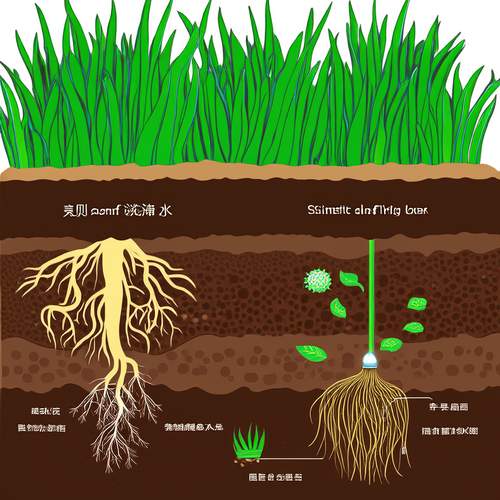
By /May 21, 2025
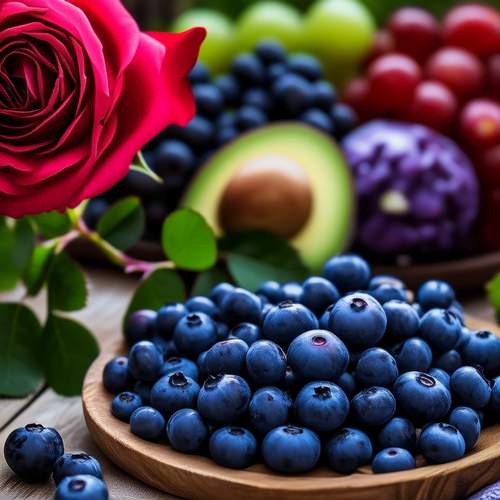
By /May 21, 2025
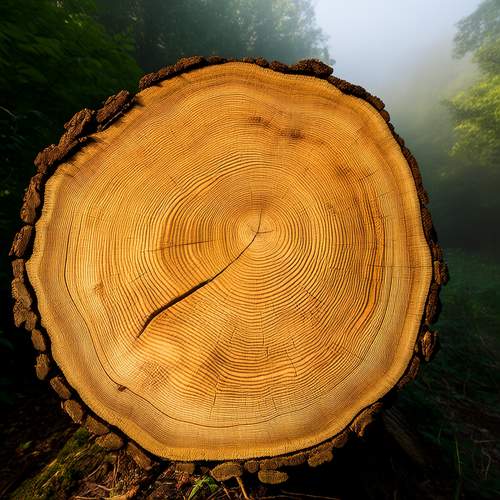
By /May 21, 2025
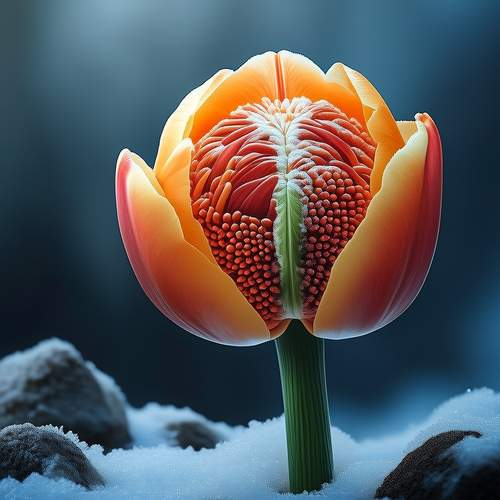
By /May 21, 2025
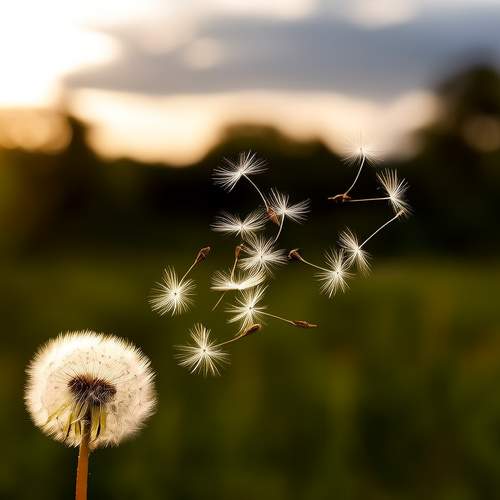
By /May 21, 2025
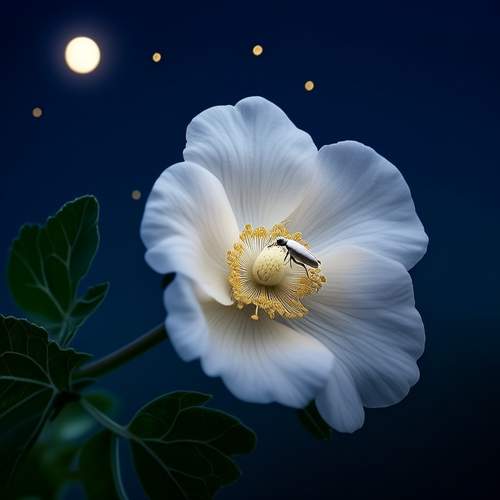
By /May 21, 2025
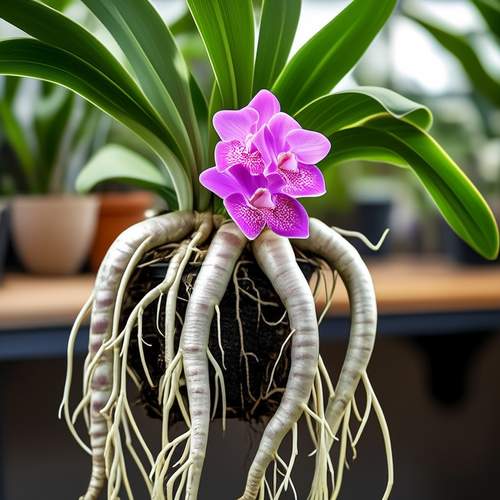
By /May 21, 2025
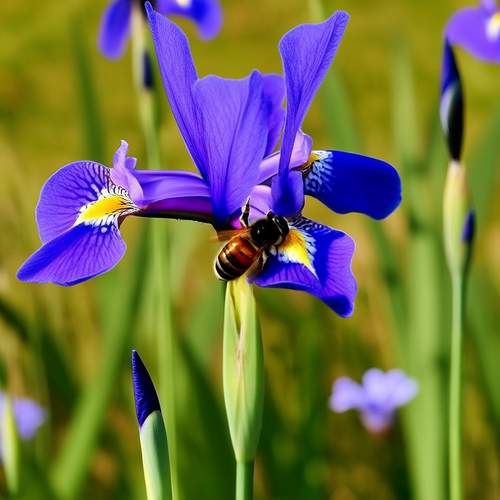
By /May 21, 2025
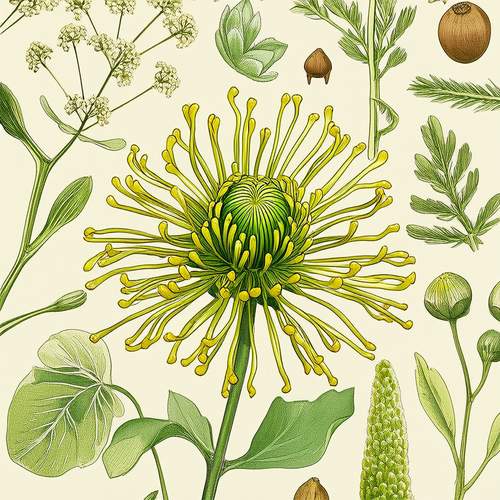
By /May 21, 2025
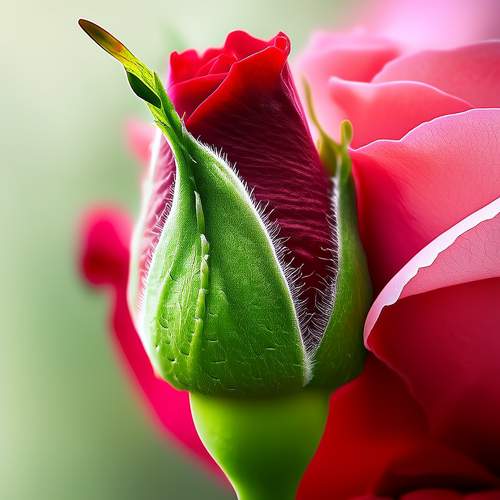
By /May 21, 2025
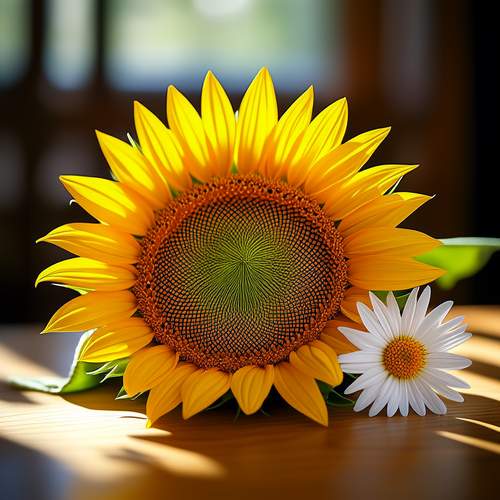
By /May 21, 2025
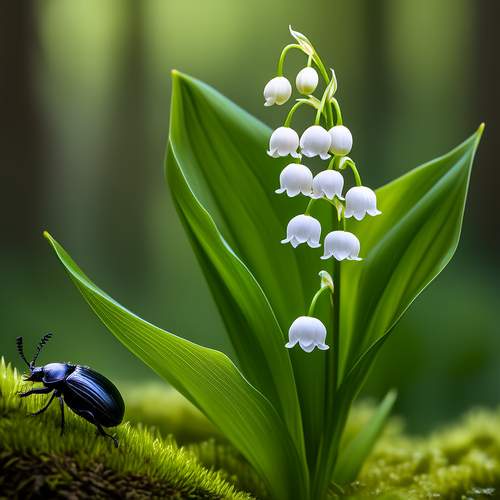
By /May 21, 2025
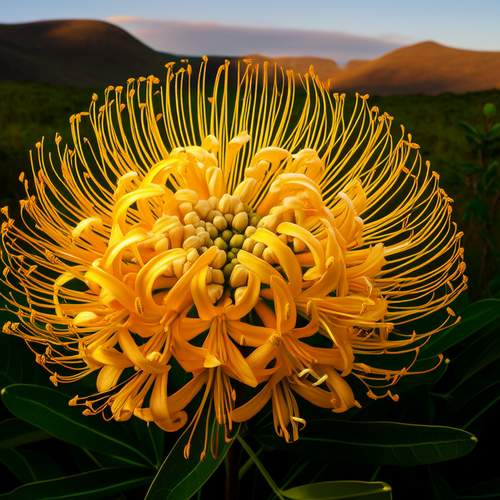
By /May 21, 2025
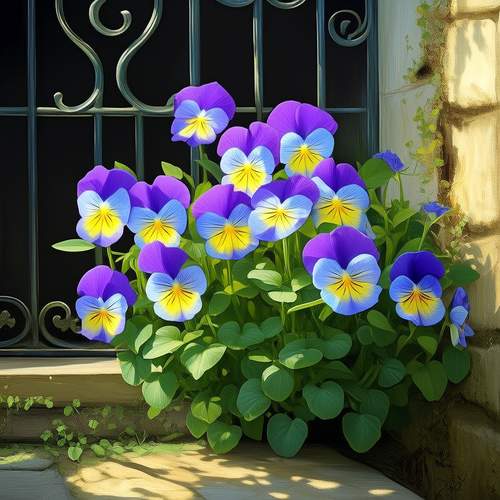
By /May 21, 2025
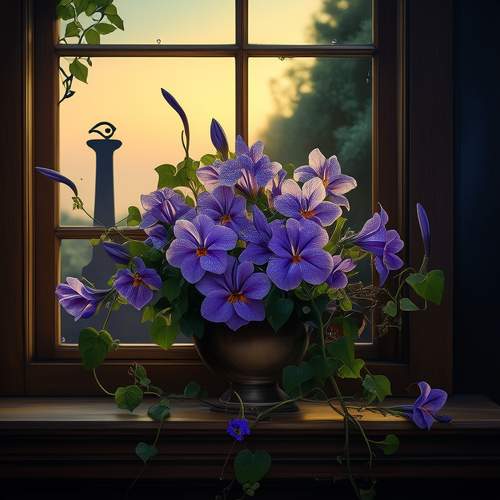
By /May 21, 2025
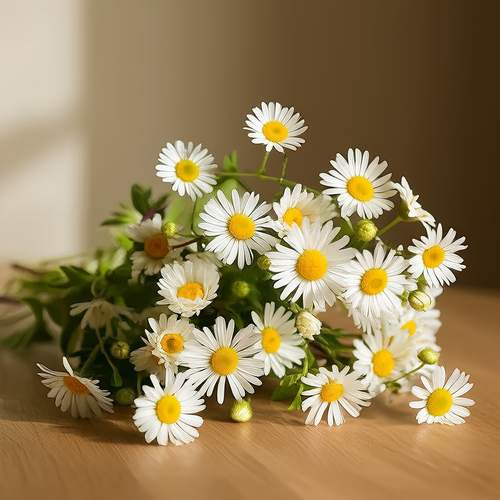
By /May 21, 2025
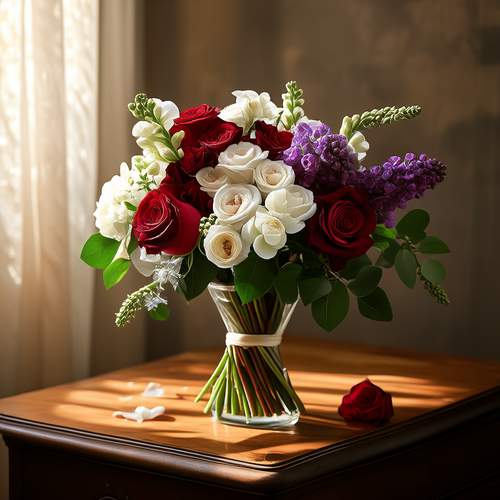
By /May 21, 2025
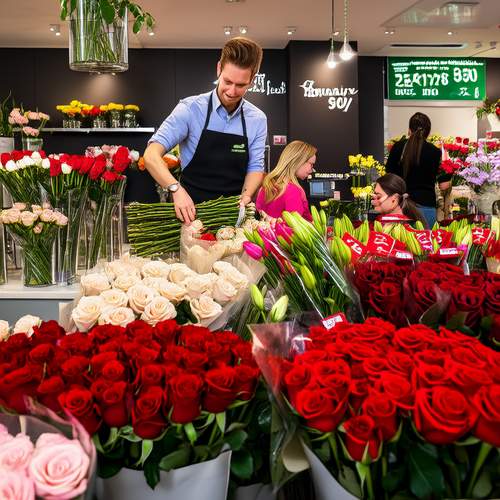
By /May 21, 2025
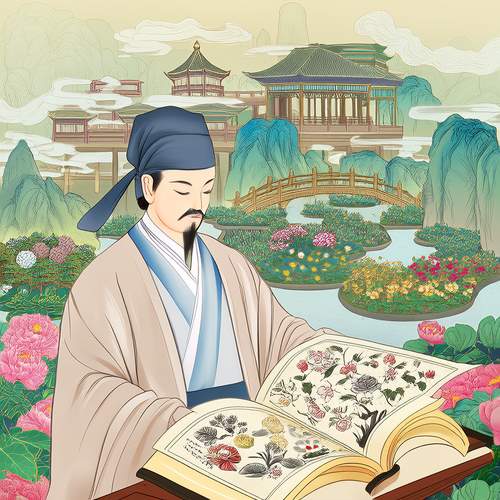
By /May 21, 2025
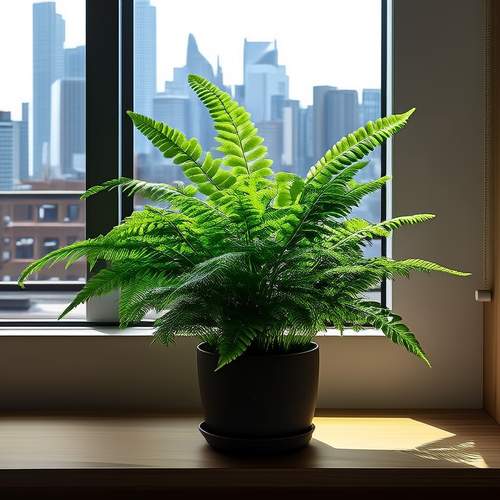
By /May 21, 2025